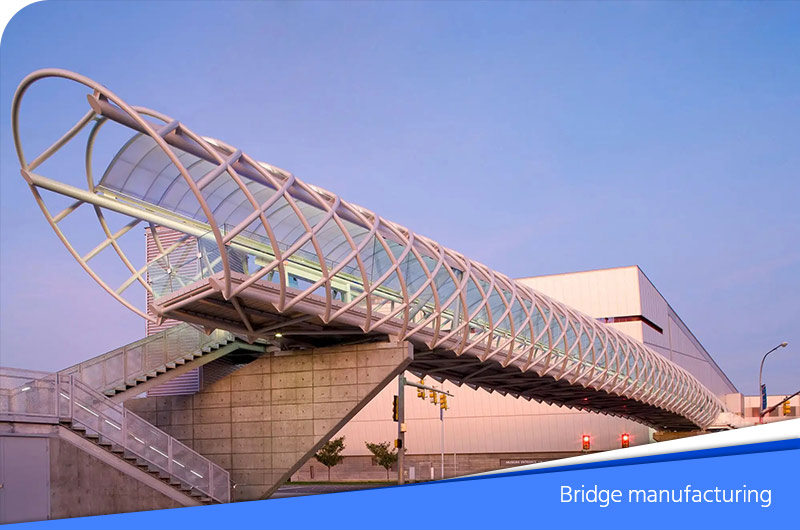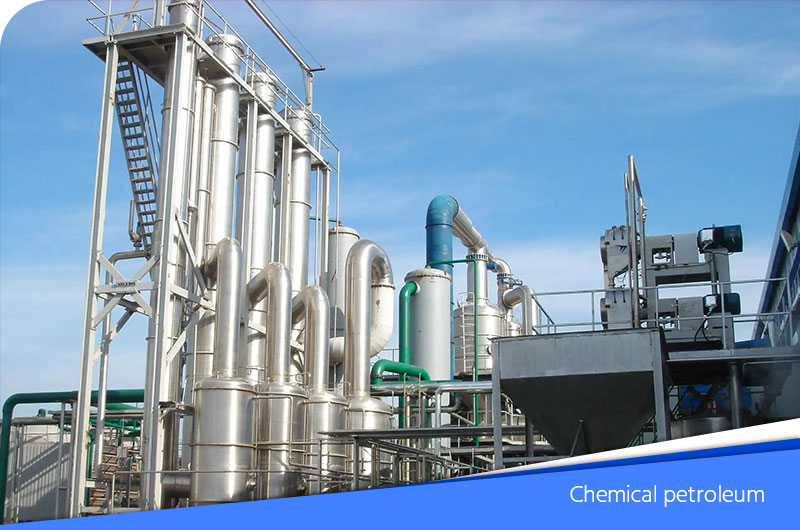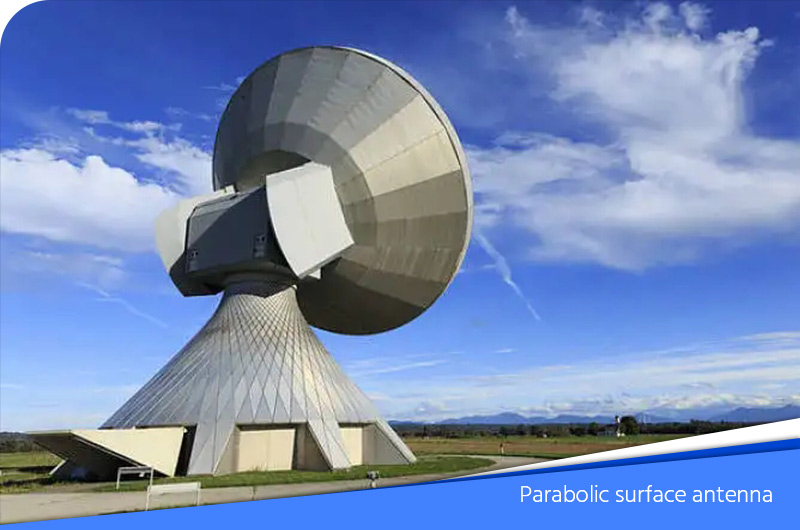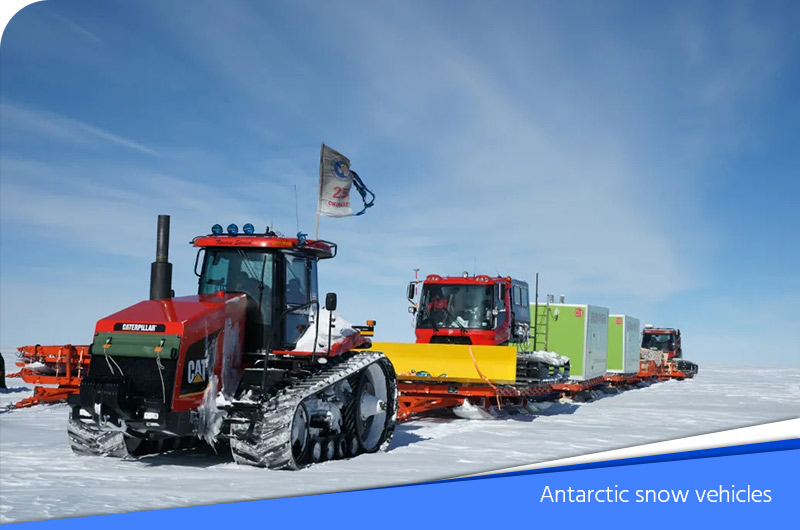Light weight
Main features: density of aluminum is 2700KG/M³. Compared with copper (density 8900 KG/M³), and iron (density 7900 KG/M³), the density of aluminum is about one third of them. Aluminum products are light in weight, so the handling cost and processing cost can be saved.
Applications: manufacturing aircraft, rail vehicles, automobiles, ships, bridges, building and light containers.
Can be strengthened and high specific strength
Main features: the mechanical properties of aluminum are not as good as that of steel, but it has a higher specific strength. The high strength can be obtained by adding copper, magnesium, copper, manganese, silicon, lithium, scandium and other alloy elements. After further strengthening by heat treatment, its strength is comparable to that of high-quality alloy steel.
Applications: it is used to manufacture bridges (especially suspension bridges and movable bridges), aircraft, pressure vessels, containers, building structural materials, hardware, etc.

Good formability and easy processing
Main features: aluminum can be cast by any casting method. Aluminum has good plasticity and can be rolled into thin sheets and foils; Drawn into pipes and filaments; Extruded into various profiles; It can be turned, milled, boring, planing and machined at the maximum speed that most machine tools can reach.
Applications: frame of stressed structural components, general supplies and various containers, optical instruments and other precision parts with complex shapes.
High aesthetics
Main features: the surface of aluminum and its alloys has oxide film, showing the beautiful silvery white color. The use of anodic oxidation, dyeing, painting and other surface treatment methods can make the oxide film more solid, and produce various colors and shiny surfaces.
Applications: wall panels, appliance decorations, decorations, signs, doors and windows, curtain walls, automobile and aircraft skins, instrument shells, indoor and outdoor decoration materials, etc.
Corrosion resistance
Main features: the surface of aluminum and its alloys can generate hard and dense oxide films, many substances cannot corrode it. With the addition of different alloys, aluminum products can keep an excellent durability when used in industrial areas and coastal areas.
Applications: door panels, vehicles, external covering materials of ships, kitchen appliances, chemical devices, roof tiles, electric washing machines, desalination, chemical petroleum, materials, chemical packaging, etc.

Chemical resistance
Main features: it does not react with nitric acid, glacial acetic acid, hydrogen peroxide and other chemicals, and has very good drug resistance.
Applications: for chemical devices, packaging, acid and chemical products packaging, etc.
Good heat and electrical conductivity
Main features: the heat and electrical conductivity are only inferior to copper, about 3~4 times of steel.
Applications: wire, bus connector, cooker, electric rice cooker, heat exchanger, automobile radiator, electronic components, etc.
Good reflectivity to light and thermal wave
Main features: the reflectivity of polished aluminum to light is 70%. The reflectivity of high-purity aluminum after electrolytic polishing is 94%, higher than that of silver (92%). Aluminum also has good reflective performance for thermal radiation and electric wave.
The reflectivity of aluminum polished surface to white light is more than 80%. The higher the purity, the higher the reflectivity. At the same time, aluminum has good reflective performance to infrared, ultraviolet, electromagnetic wave, thermal radiation, etc.
Applications: lighting fixtures, reflectors, roof tiles, parabolic antennas, cold stores, freezers, projectors, thermal insulation material of cooler and heater.

Non magnetic, impact without spark
Main features: aluminum has no magnetism, so impact is not easy to produce sparks.
Applications: compass for ships, antenna, steering gear, etc.
No toxicity
Main features: aluminum itself is not toxic and it dissolves very little when contacting with most foods. The surface is smooth and easy to clean, so bacteria are not easy to stay and reproduce.
Applications: tableware, food packaging, fish cans, fish warehouses, medical machines, food containers.
Sound absorption
Main features: aluminum can not transmit sound and has the property of absorbing sound waves.
Applications: used for indoor ceiling board, etc. It is beneficial to interior decoration and can also be configured as damping alloy.
Low temperature resistance
Main features: when the temperature is low, the strength of aluminum increases instead of brittleness, so it is an ideal material for cryogenic devices.
Applications: refrigerators, freezers, vehicles on Antarctic snow, oxygen and hydrogen production plants.

Nuclear radiation resistance
Main features: for high-energy neutrons, aluminum has the same degree of neutron absorption cross section as other metals. For neutrons in the low energy range, its absorption cross section is small, second only to beryllium, magnesium, zirconium and other metals. The greatest advantage of aluminum in resisting nuclear radiation is that the induced radiation energy generated by radiation decays rapidly.
Applications: spacecraft.